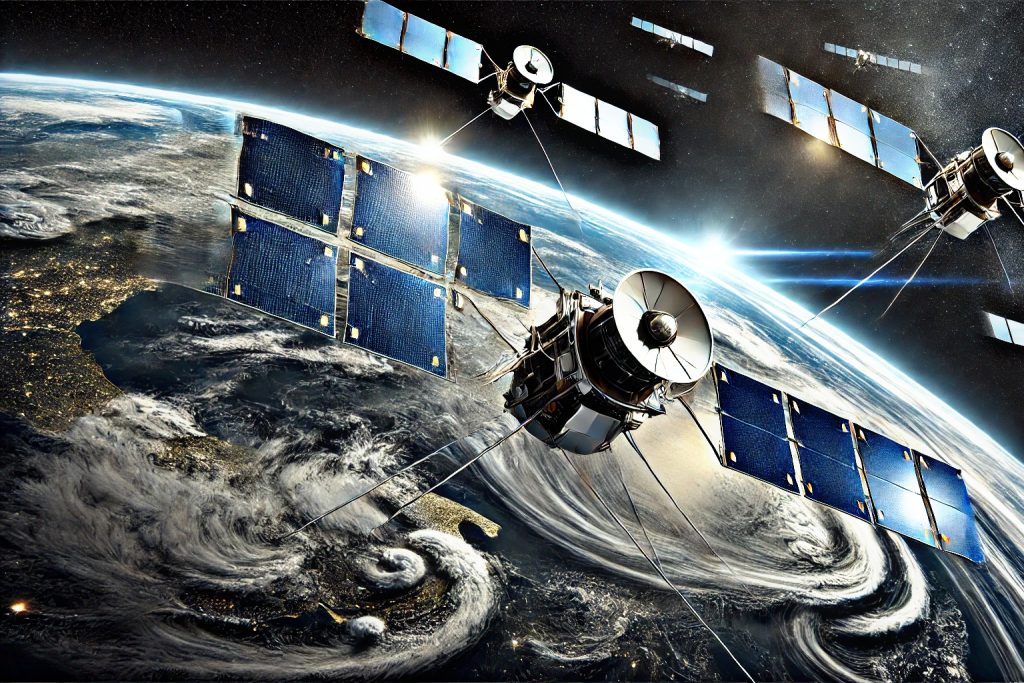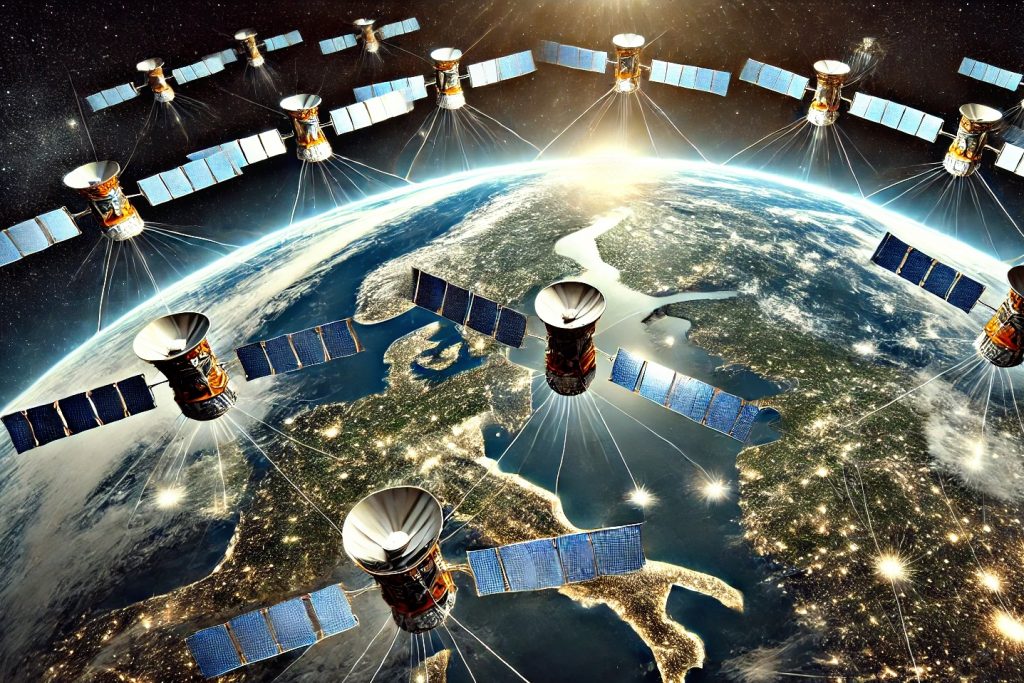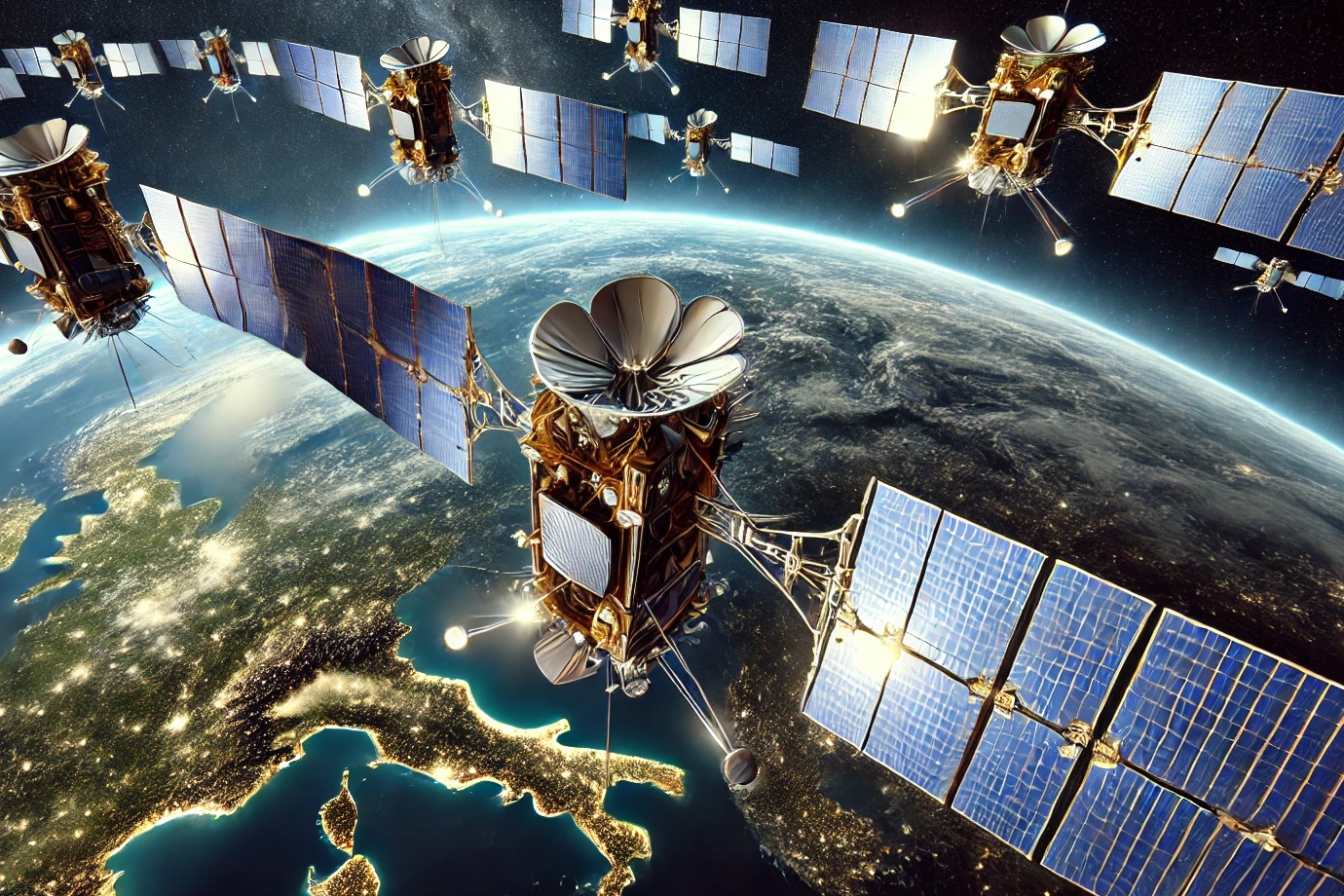The modern era is defined by connectivity. From personal interactions to global commerce, the internet has become an indispensable tool. While urban areas enjoy high-speed broadband services, rural and remote regions often lag behind, creating a digital divide. Enter Skylink Internet, a revolutionary technology poised to bridge this gap by delivering fast, reliable, and accessible internet to even the most isolated locations.
This comprehensive article explores the origin, functionality, benefits, challenges, and future potential of Skylink Internet, providing insights into how it is reshaping the global digital landscape.
The Birth of Skylink Internet
Skylink Internet is a satellite-based internet service designed to overcome the limitations of traditional internet infrastructure. Unlike conventional broadband services reliant on fiber optics or cables, Skylink Internet employs a network of low Earth orbit (LEO) satellites to provide global coverage.
Conceived as a solution to the challenges of rural connectivity, Skylink Internet has rapidly evolved to offer high-speed internet across various demographics and geographies. Its primary goal is to deliver reliable internet access to underserved areas, empowering individuals, businesses, and governments with the tools needed to thrive in the digital age.
How Skylink Internet Works

The unique architecture of Skylink Internet sets it apart from traditional internet services. Here’s a breakdown of how this technology functions:
- Satellite Constellation
Skylink Internet utilizes a constellation of LEO satellites orbiting at altitudes between 500 and 1,200 kilometers. This proximity to Earth ensures lower latency and faster data transmission compared to geostationary satellites, which orbit at much higher altitudes (about 36,000 kilometers). - Ground Stations and User Terminals
Skylink Internet requires minimal on-ground infrastructure. User terminals, often resembling small dishes, connect to the satellites directly. These terminals are easy to install and maintain, making them ideal for remote users. - Inter-Satellite Communication
A key feature of Skylink Internet is the inter-satellite communication via laser links. This technology enables data to travel directly between satellites, reducing reliance on ground-based infrastructure and enhancing efficiency. - Data Flow
The system transmits data from a user’s terminal to the nearest Skylink satellite. The satellite then routes the data to the appropriate ground station or other satellites in the constellation before reaching its destination. This seamless process ensures high-speed connectivity.
Features of Skylink Internet
- Global Coverage
Skylink Internet’s satellite network ensures that even the most remote locations on Earth are within its reach. From mountainous regions to isolated islands, Skylink Internet makes connectivity universally accessible. - Low Latency
Traditional satellite internet suffers from high latency due to the long distance between satellites and the Earth. Skylink Internet’s LEO satellites dramatically reduce this lag, making activities like video conferencing and online gaming possible. - High Bandwidth
Skylink Internet offers sufficient bandwidth to handle high-definition streaming, large file transfers, and simultaneous device usage, catering to both individual and organizational needs. - Easy Deployment
Unlike fiber-optic networks, which require extensive groundwork, Skylink Internet can be deployed quickly with minimal physical infrastructure, making it an ideal choice for disaster-stricken areas or developing regions.
Applications of Skylink Internet
Skylink Internet’s versatility makes it an invaluable resource across multiple domains:
- Education
With Skylink Internet, students in rural or underserved areas can access online classes, digital libraries, and interactive learning platforms, bridging the educational divide. - Healthcare
Skylink Internet enables telemedicine services in remote areas, allowing doctors to consult with patients, share medical data, and conduct remote surgeries through robotic systems. - Emergency Response
In the aftermath of natural disasters, Skylink Internet provides critical communication channels for rescue operations and relief efforts when traditional infrastructure is damaged. - Agriculture
Farmers can use Skylink Internet to access weather updates, market prices, and precision farming technologies, improving productivity and profitability. - Business Expansion
Entrepreneurs and small businesses in remote areas can leverage Skylink Internet to access e-commerce platforms, manage supply chains, and connect with global markets.
Advantages of Skylink Internet

- Accessibility
Skylink Internet eliminates geographic barriers, ensuring connectivity for people in locations where traditional networks are unavailable. - Affordability
While the initial cost of deploying satellite systems is high, the absence of extensive ground infrastructure reduces long-term expenses, making Skylink Internet a cost-effective solution. - Resilience
The distributed nature of the Skylink satellite constellation ensures that service interruptions are rare and localized. - Environmental Impact
Skylink Internet reduces the need for ground-based infrastructure, minimizing environmental disruption during installation.
Challenges and Criticisms of Skylink Internet
Despite its transformative potential, Skylink Internet faces several challenges:
- Space Debris
The rapid deployment of Skylink satellites raises concerns about space debris, which could endanger other satellites and spacecraft. - Regulatory Hurdles
Operating across multiple jurisdictions requires navigating complex regulatory frameworks, delaying deployment in some regions. - High Initial Costs
While user costs are relatively low, the development, launch, and maintenance of a satellite network involve significant investments. - Astronomical Observations
Skylink satellites can interfere with astronomical studies by creating bright streaks in the night sky, prompting concerns from the scientific community. - Weather Dependency
Severe weather conditions can occasionally disrupt satellite signals, affecting service reliability in certain areas.
Skylink Internet in Comparison
| Feature | Traditional Internet | Skylink Internet |
|---|---|---|
| Infrastructure Requirement | High (cables, towers, etc.) | Low (satellite dishes, terminals) |
| Latency | Moderate to High | Low |
| Accessibility | Limited in remote areas | Universal |
| Deployment Time | Long | Short |
| Scalability | Limited | High |
The Impact of Skylink Internet on Global Connectivity
The introduction of Skylink Internet has far-reaching implications:
- Bridging the Digital Divide
Skylink Internet ensures that every individual, regardless of location, has access to digital opportunities, promoting inclusivity and equality. - Economic Growth
By connecting businesses to global markets, Skylink Internet fosters innovation, trade, and economic development in remote areas. - Improved Governance
Governments can leverage Skylink Internet to enhance e-governance initiatives, ensuring transparency and accessibility for citizens. - Technological Advancements
Skylink Internet drives innovation in fields like IoT (Internet of Things), AI (Artificial Intelligence), and remote sensing, paving the way for a smarter future.
Future Prospects of Skylink Internet

As technology evolves, Skylink Internet is poised for significant advancements:
- Integration with 5G
Skylink Internet can complement terrestrial 5G networks, creating seamless connectivity for users worldwide. - Enhanced Satellite Design
Future satellites are expected to be smaller, more energy-efficient, and capable of handling larger data volumes. - AI and Automation
Artificial intelligence could optimize satellite operations, improving performance and reducing operational costs. - Focus on Sustainability
Efforts to mitigate space debris and light pollution will ensure the long-term viability of satellite-based internet services.
Conclusion
Skylink Internet represents a paradigm shift in how we approach global connectivity. By breaking down geographical barriers and providing reliable, high-speed internet to underserved regions, it empowers individuals, businesses, and governments to unlock their full potential.
While challenges remain, the continued evolution of Skylink Internet promises a future where internet access is universal, affordable, and sustainable. As it becomes an integral part of our digital infrastructure, Skylink Internet will not only connect devices but also unite people, ideas, and opportunities, driving progress on a global scale.
With its innovative technology and transformative vision, Skylink Internet is not just a service; it is a revolution in connectivity that will shape the digital landscape for decades to come.

